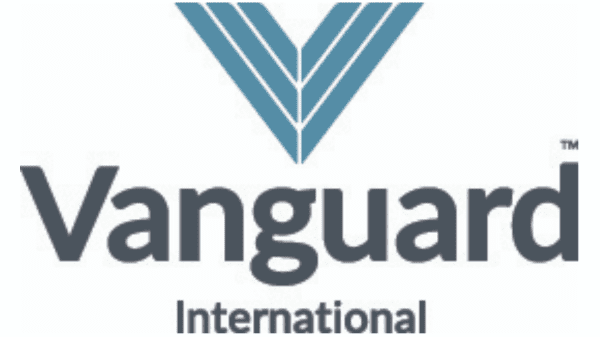From Vanguard International USA, Inc. BB #:300298, Issaquah, WA
As we crest the first half of the calendar year, we are sharing the seven top trends facing the produce industry in 2022.
1 – Supply Chain Pain
This year, the produce industry faced one of the biggest global challenges we have ever experienced. Delays in transit times doubled. Ocean carriers opted out of ports, increasing logistics costs and complexity with growers having to resort to costly increased freight rates. Shortages persisted for equipment, chassis, and drivers. This in turn would leave retailers with 4 weeks’ worth of shipments arriving in the same week, an impossible volume, and carriers refusing to reduce demurrage. Costs across the board have increased 300-400% with no relief anticipated until Q2 of 2023.
2- Managing Covid Congestion in the Global Supply Chain
What the global supply chain needs more than ever is stability, agility, and support. All actors must be agile in managing their supply chains, and we need to know that regulatory frameworks are stable and functioning. Close communication and collaboration across the supply chain is the key to creative and least-cost solutions for customers. The crew change crisis remains and this appeals to all governments to recognize seafarers as key workers and prioritize vaccination.
3- Increased Ag Input Costs Driving Higher Prices
Labor, packaging materials, ag inputs such as fertilizers, fuel, seeds, rootstocks and, transportation are all seeing increases of 30 to 40% that growers and customers alike struggle to absorb. Immense effort is being exerted to spread this cost increases out across all members of the supply chain, but not all commodities have a cooperative supply/demand balance to drive this through. Certain growers are finding themselves in a “supply exceeds demand” environment for their crops, which is forcing them to suppress their sales prices and absorb greater amounts of the input costs. The longer this occurs, the greater the number of growers that will succumb to these cost pressures.
4- Inflation Hits the Grocery Store
Inflated fresh fruit and vegetable prices are driving some consumers to buy frozen or canned options. Although online ordering, curbside pick-up, and home delivery have declined since 2021, they are here to stay. Consumers continue to purchase online to manage their budgets. Cart subtotals allow them to view pricing prior to checkout, which reduces impulse purchases that may otherwise create buyer’s remorse after checkout. Packaged produce continues to see consumer preference – 72% preferred packaged produce in 2020, now 82% in 2022.
5 – A Focus on Health Continues Even with Rising Cost Pressures
Superfoods like avocados, berries, pomegranates, mangoes, sweet potatoes, and papayas are well sought after. While consumers are more price-sensitive, preferences for “pure, organic, and sustainable” plant-based options continue to grow. “Ugly” fruit may find a home in the food service industry where chefs are able to make beautiful dishes from less than perfect produce.
6- Super Empowered Consumer
Consumers want and expect more engagement. Functional foods, freshness, and authenticity of local foods appeal, but freshness always wins. The most popular fruits in 2022 are bananas, grapes, watermelon, strawberries, and pineapples. Sweet corn, tomatoes, potatoes, green beans, and garlic are proving to be the most popular veggies.
7- Foodservice NOT Quite Roaring Back
While restaurants have reopened, they are challenged with high prices on product offerings and a tight labor market. Hours of operation are being restricted by understaffing, and the inflated prices are driving consumers’ appeal to purchase their own groceries. Consumers are now more comfortable with “meals at home” and are eating out less than before the pandemic due to budgetary concerns.



